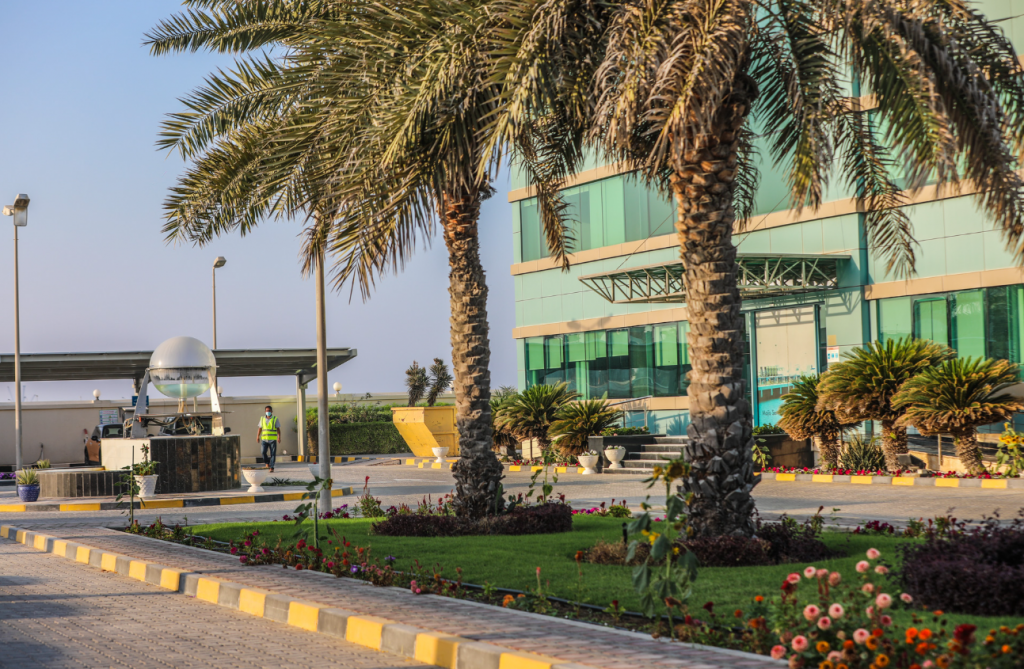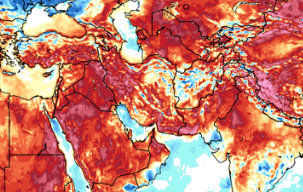
Asia has just experienced one of the most extreme hot nights in recorded history, with widespread minimum temperatures exceeding 30°C, and some regions even surpassing 35°C. This extraordinary event underscores the intensifying grip of extreme heatwaves on the continent, driven by climate change and abnormal atmospheric circulation patterns.
Across West and South Asia, the night brought no relief. In Kuwait, the Kuwait Airport station reported a staggering minimum of 36.2°C, among the highest nighttime temperatures ever recorded globally. Meanwhile, Sohar Majis in Oman experienced its hottest night ever, with a sweltering 35.6°C.
In Saudi Arabia, the holy city of Makkah endured a tropical-like minimum of 34.6°C, continuing the trend of record-high nighttime temperatures. Similar extreme values were observed across India, Pakistan, the United Arab Emirates, Iran, and Iraq, where minimums surpassed 34–35°C in multiple locations — a shocking development in regions already struggling with daytime highs around 50°C.
Southeast Asia also saw oppressively warm nights, with Singapore recording three consecutive nights with minimums above 29°C, a rare and concerning streak for the island nation. Even areas closer to the equator, typically accustomed to tropical heat, felt the abnormality. In Bengkulu, Indonesia, the minimum temperature reached 26.1°C, setting a new June record.
These hot nights, or high minimum temperatures, are especially dangerous because they prevent the body and environment from cooling down, increasing health risks and straining infrastructure. Nights above 30°C can lead to widespread heat stress, particularly for vulnerable populations such as the elderly, outdoor workers, and children.
The ongoing heat crisis across Asia is a clear signal of the climate emergency unfolding before our eyes. As urban areas heat up faster due to the urban heat island effect, and global greenhouse gas emissions continue to rise, such nights may no longer be anomalies but a new and dangerous normal.
Immediate adaptation measures — such as improved cooling systems, urban greening, and early warning mechanisms — are urgently needed. Without action, these record-breaking hot nights will continue to reshape lives, ecosystems, and economies across Asia.

Source of map: tropicaltidbits.com

Illustration picture: https://majis.om/wp-content/uploads/2021/12/majis-111.jpg


























